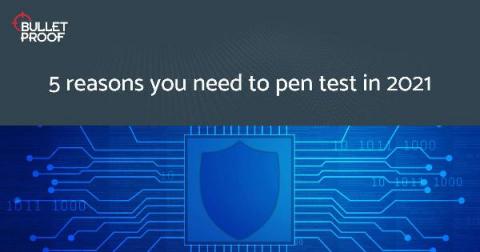How to manage open source risks using Black Duck SCA
Open source risk goes beyond application security. Legal, operational, and supply chain implications demand a capable solution like Black Duck SCA. Open source can be found in everything; nearly all applications in all industries are composed to some degree of open source. The introduction of more cloud-native applications, more open source usage as a whole, and the creation of more-complex applications mean organizations are facing increasing levels of risk.









